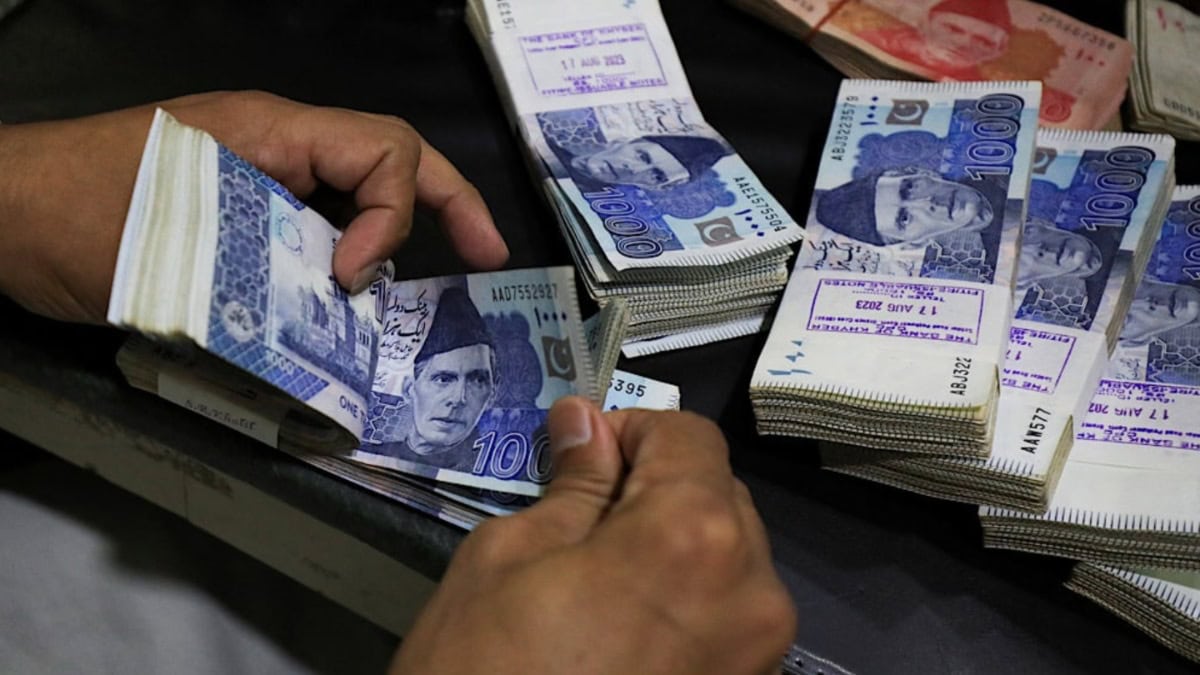
The State Bank of Pakistan (SBP) has opted to maintain the monetary policy rate at 11 percent, citing a mix of easing inflation, emerging risks in energy prices, and signs of a steady economic recovery.
In its latest announcement, the Monetary Policy Committee (MPC) decided to hold the monetary policy rate steady at 11 percent. This decision comes amid a complex economic backdrop where disinflationary trends coexist with potential energy-related cost pressures and a gradual pickup in growth momentum.
June 2025 saw inflation ease to 3.2 percent year-on-year, thanks largely to falling food prices and a dip in core inflation. However, the MPC expressed caution over an evolving inflation outlook due to greater-than-expected hikes in gas tariffs. Despite this, inflation is expected to align with the 5 to 7 percent target range in FY26, albeit with brief periods of volatility. The MPC emphasized that keeping the real interest rate adequately positive remains crucial for achieving price stability.
Economic indicators continue to reflect gradual improvement. Growth in sectors such as automobile sales, fertilizer offtake, private sector credit, and imports of machinery suggest recovering business activity. Large Scale Manufacturing (LSM) showed year-on-year growth in April and May, ending a prolonged contraction. Agriculture is also poised for a rebound in FY26, aided by better water supply, bolstering overall GDP growth projections to 3.25–4.25 percent, up from 2.7 percent in FY25.
Current Account Surplus Boosts Foreign Reserves and Investor Confidence
On the external front, Pakistan’s current account posted a $328 million surplus in June, pushing the FY25 total to $2.1 billion, or 0.5 percent of GDP. This was supported by resilient workers’ remittances that helped absorb a widening trade deficit. SBP’s foreign reserves have crossed $14 billion, driven by strong inflows and current account stability. By December 2025, reserves are expected to hit $15.5 billion, aided further by Pakistan’s improved sovereign credit rating that is likely to attract more private investment.
Fiscally, the government outperformed targets in FY25, with higher-than-expected tax and non-tax revenues supporting both primary and overall balance improvements. For FY26, authorities aim for continued fiscal consolidation with a projected primary surplus of 2.4 percent of GDP.
Private sector credit grew 12.8 percent year-on-year, reflecting favorable financing conditions and rising confidence in the economy. The expansion was broad-based, spanning working capital, fixed investment, and consumer finance.
The MPC concluded by underscoring the importance of a balanced mix of prudent monetary and fiscal policies to safeguard macroeconomic stability. The Committee reiterated that sustained economic growth remains dependent on meaningful structural reforms.